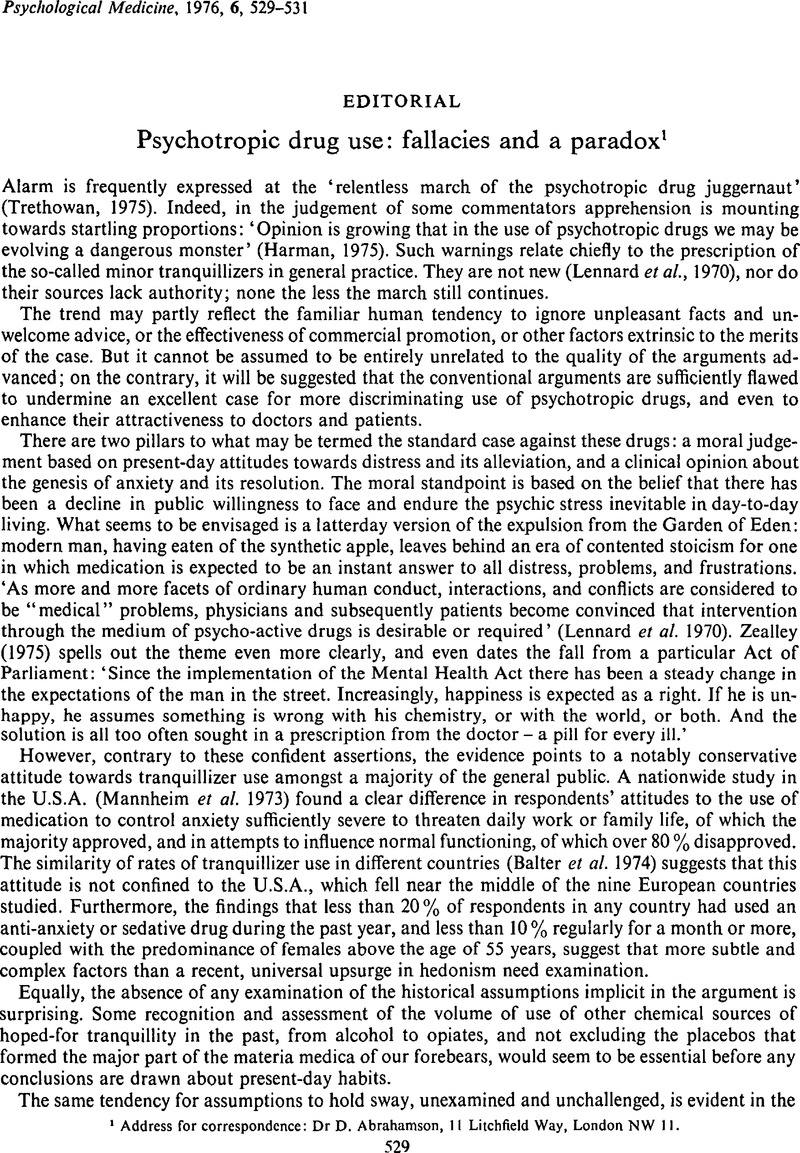Crossref Citations
This article has been cited by the following publications. This list is generated based on data provided by Crossref.
Neill, John R.
1979.
Consultation evaluation.
General Hospital Psychiatry,
Vol. 1,
Issue. 1,
p.
62.
Marks, John
1982.
The Dependence Phenomenon.
p.
157.
Marks, John
1982.
The Dependence Phenomenon.
p.
157.
Mikhalev, Yuri
2019.
Whales of the Southern Ocean.
Vol. 5,
Issue. ,
p.
159.


